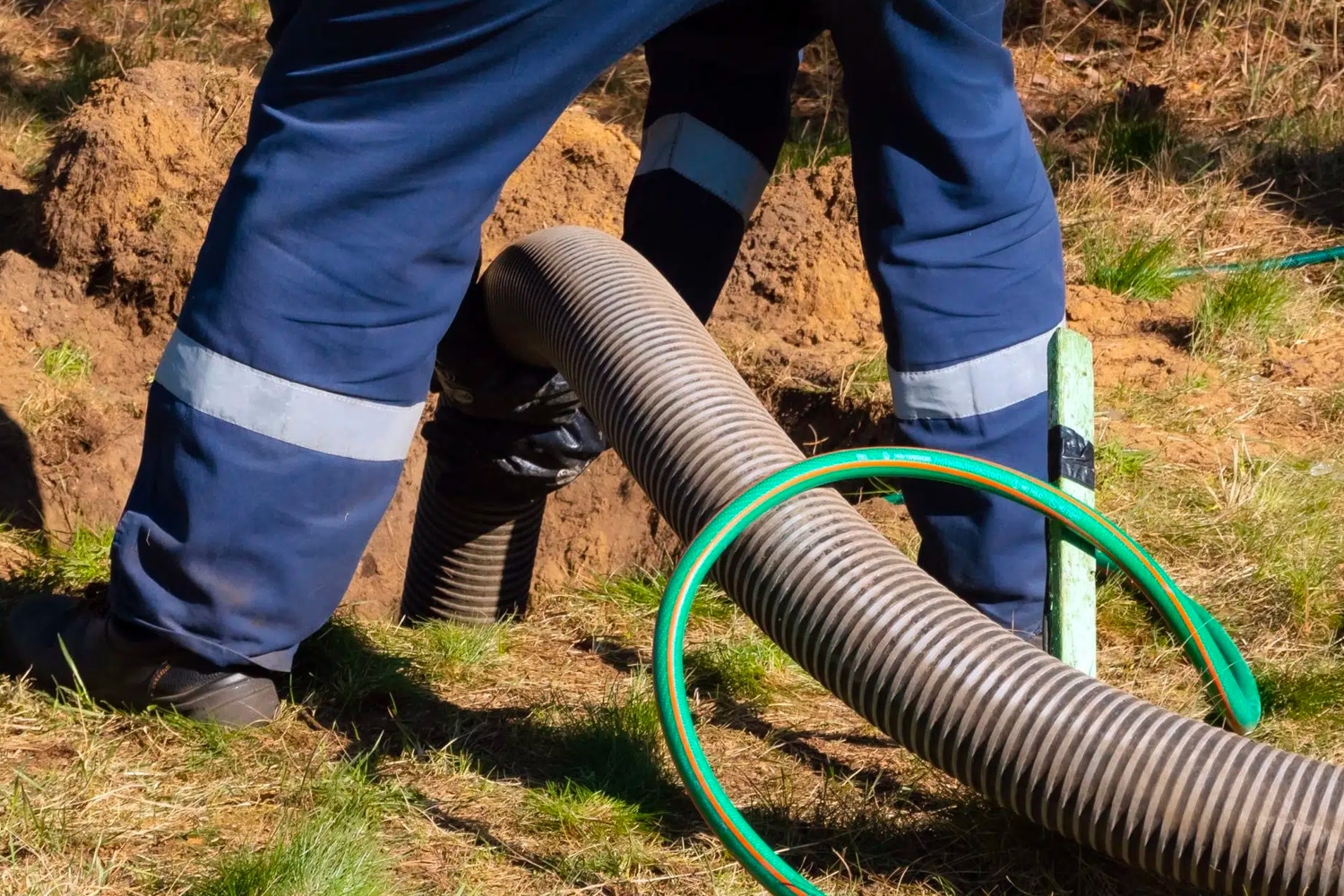Installing a sewage pump is a critical step in managing wastewater for homes not serviced by municipal sewage lines or those with bathrooms below the main sewer line level. For homeowners in the Greater Toronto Area contemplating or requiring a sewage pump installation, understanding the process can demystify what might seem like a daunting task. Here’s a breakdown of what to expect and how The Pump House can guide you through each step.
Pre-Installation Considerations
Before installation begins, several factors need to be assessed to ensure that the selected sewage pump meets your home’s requirements:
1. Determine the Type of Pump Needed
Depending on whether your wastewater contains solids, you may need a grinder pump or an effluent pump. Grinder pumps can handle solid waste by grinding it into a slurry, whereas effluent pumps are suitable for liquid waste only.
2. Calculate the Required Pump Capacity
The pump’s capacity should match the expected volume of wastewater. This involves considering the number of bathrooms, kitchen facilities, and any other sources of wastewater.
3. Assess the Installation Site
The location for the sewage pump, typically in a sump basin, should be accessible for maintenance and positioned to facilitate efficient wastewater management.
The Installation Process
Understanding the steps involved can help homeowners prepare for what to expect during installation:
1. Excavation and Basin Placement
If not already present, a sump basin is installed in the ground. This involves excavation and ensuring the basin is properly anchored.
2. Pump and Plumbing Installation
The sewage pump is installed within the basin, and plumbing lines are connected. This includes both the intake lines from your home and the discharge line that leads to the sewer system or septic tank.
3. Electrical Connections
Sewage pumps require a power source to operate. Safe electrical connections are essential, often requiring the expertise of a licensed electrician to comply with local codes and safety standards.
4. Venting
Proper venting is crucial to prevent gas buildup and ensure the system operates efficiently. Vent lines must be installed according to local building codes.
5. Testing the System
After installation, the system is thoroughly tested to ensure it operates correctly, efficiently handles the wastewater volume, and that all connections are secure and leak-free.
Post-Installation Tips
After your sewage pump is installed, regular maintenance is crucial for longevity and reliability. Familiarize yourself with the basic operational aspects of your pump and schedule regular maintenance checks.
Partner with The Pump House for Your Sewage Pump Installation
At The Pump House – Your One Stop Pump Shop, we specialize in providing comprehensive sewage pump solutions, from selecting the right pump to professional installation and maintenance. Our team of experts ensures your installation is carried out efficiently, meeting all local regulations and standards.
Visit Us or Get in Touch
The Pump House
10 Newkirk Rd Unit 4, 5, or 6,
Richmond Hill, Ontario
Google Maps
To learn more about our sewage pump installation services or to discuss your needs, contact us at +1 (905) 884-5588 or toll-free at +1 (800) 718-2789. You can also reach us via email at info@onestop-pumpshop.ca or visit our website at https://onestop-pumpshop.ca/. Trust The Pump House to provide the expertise and services needed to ensure your home’s wastewater management system is installed correctly and functions seamlessly.
Ensure a smooth and efficient sewage pump installation with The Pump House – Your One Stop Pump Shop, your partner in home wastewater management.
